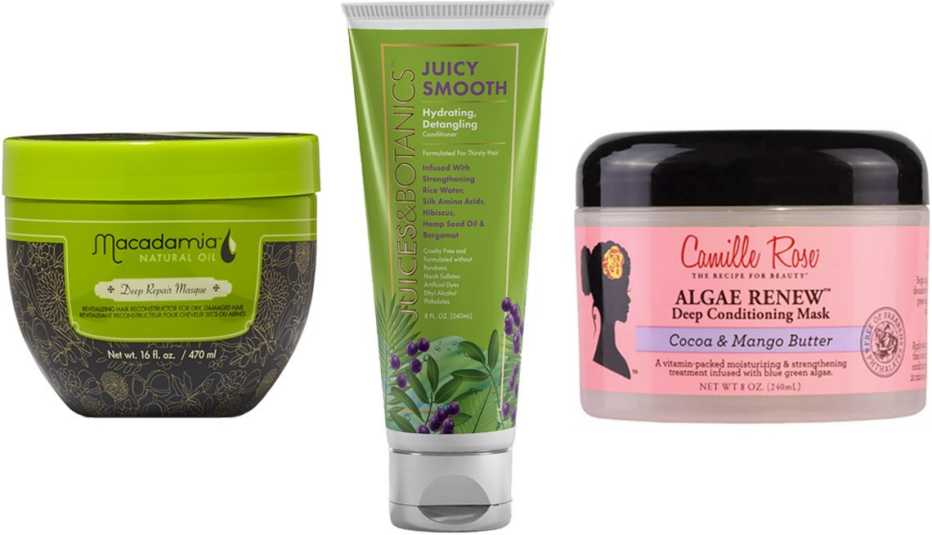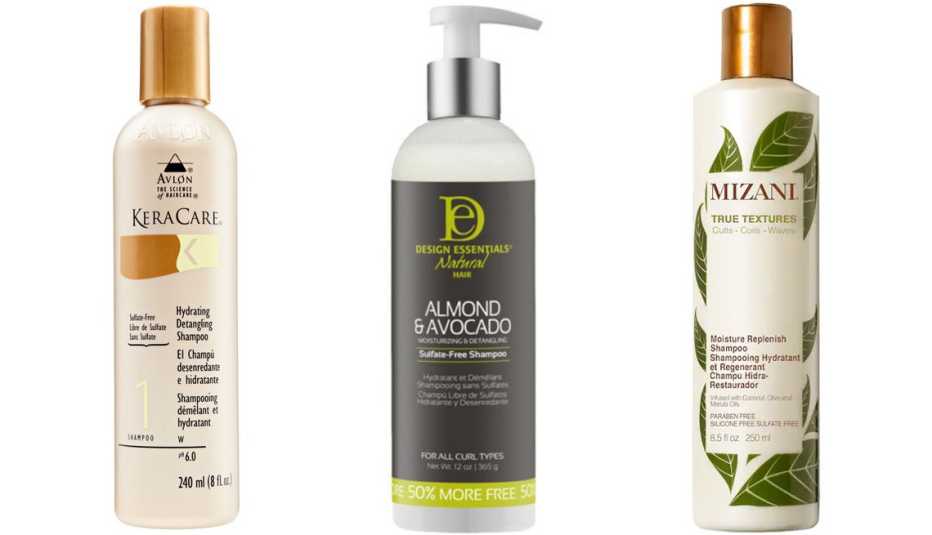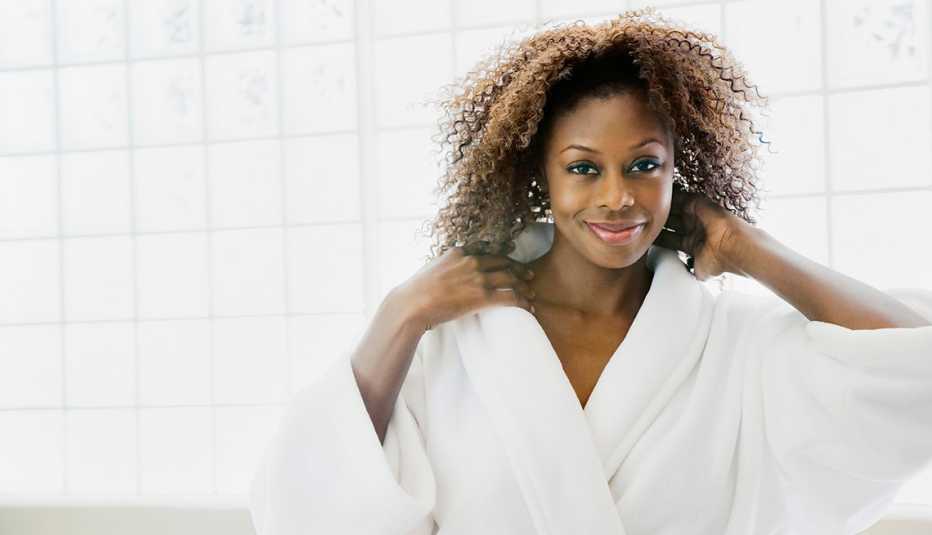Staying Fit
Transitioning from relaxed to natural hair at 50-plus is a glorious time in your hair journey. Much more than simply switching up a do, going natural is a deeply personal experience that is unique to every woman. Read on for tips on how to maximize the process.
1. Be patient


AARP Membership— $12 for your first year when you sign up for Automatic Renewal
Get instant access to members-only products and hundreds of discounts, a free second membership, and a subscription to AARP the Magazine.
First thing's first: Be patient and kind to your strands during your transition and determine what your end goal is. “I transitioned just because I wanted a healthier way to live with my hair,” says celebrity hairstylist Whitney Eaddy, whose clientele includes SZA and Priscilla Shirer. You also want to think about what hairstyles you're likely to wear once you're fully natural, and how they will align with your lifestyle and personality.
2. Don't compare your hair to others'
Understand that your journey to natural is unique to you. “The big chop, [cutting off all your relaxed hair and growing out your natural texture], is not always the answer for everybody,” says celebrity hairstylist Tamara Johnson, whose clientele includes LisaRaye McCoy and NeNe Leakes. For women looking to ease their way through the process, Johnson suggests the “little trim off,” where one to two inches of relaxed hair is trimmed every four weeks.
In some instances, the condition of the hair will determine how much needs to be cut off. “When you're transitioning from a relaxer, there is a point of demarcation, and at some point you're going to experience high amounts of breakage and shedding from the demarcation line where the natural and relaxed hair meet,” explains Eaddy. Work with your stylist to determine the right trimming schedule for you.








































































